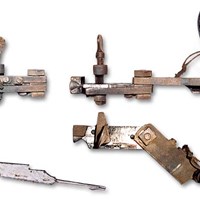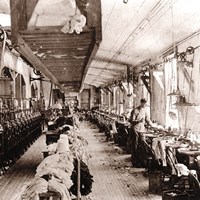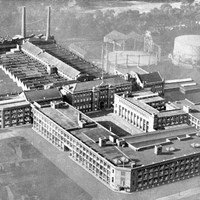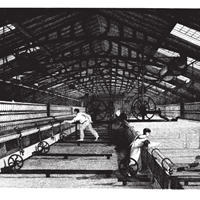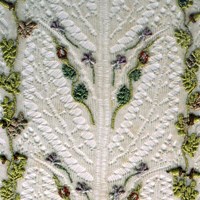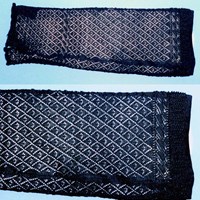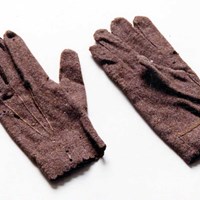The Advent of Factories 1820 - 1900
Home working was still the industry standard for framework knitters and the resistance to factory production was strong.
See objects from this period in our virtual museum.
Framework knitting was traditionally carried out in workers' homes. Hosiers supplied yarn to the workers, children commonly wound the yarn onto bobbins, men knitted it into stockings and women seamed and embroidered the stockings. The industry could keep the whole family occupied.
Find out moreDuring the early nineteenth century, framesmiths began to make discoveries that paved the way for steam power to be applied to knitting technology.
Find out moreThe development of steam-powered knitting machines encouraged firms to invest in new machinery and buildings to house these large machines.
Find out moreGrowth in the number of factory workers across Britain during the nineteenth century raised awareness of factory conditions.
Find out moreWomen played an important role from the earliest days of the knitting industry. While men operated the frames, women performed other tasks related to the knitting process.
Find out moreSince the fifteenth century patents have been granted to encourage inventors to make new discoveries. The award of a patent provides the inventor with legal protection against others copying the idea within the kingdom.
Find out moreTrade unions made an early appearance in the hosiery industry. An association of framework knitters in the midland counties existed as early as the 1770s.
Find out more